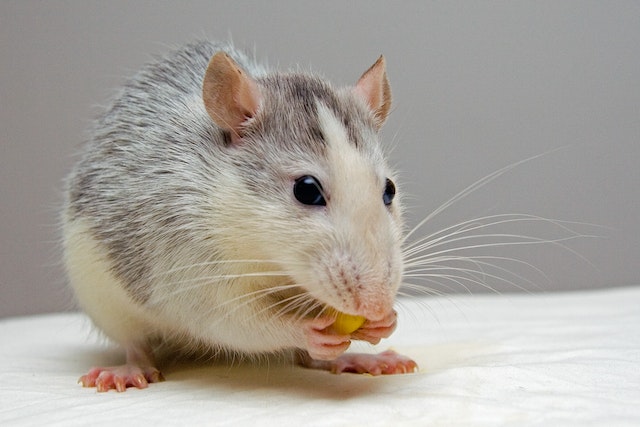Why is animal randomization important?
Animal randomization is the process of randomly assigning animals to treatment groups in an experiment. This is done to ensure that the groups are as similar as possible, and to reduce the risk of bias. There are a number of different methods that can be used for animal randomization, including:
- Simple randomization: This is the most basic method, and involves randomly assigning animals to groups without any regard for any other factors.
- Block randomization: This method involves dividing the animals into groups based on a certain factor, such as age or sex, and then randomly assigning animals from each group to treatment groups. This helps to ensure that the groups are more similar in terms of these factors.
- Stratified randomization: This method is similar to block randomization, but instead of dividing the animals into groups based on a single factor, they are divided into groups based on multiple factors. This helps to ensure that the groups are even more similar.
The best method for animal randomization will depend on the specific experiment being conducted. However, all methods of animal randomization are important for reducing bias and ensuring that the results of the experiment are valid.
Why is animal randomization important?
Animal randomization is important for a number of reasons. First, it helps to ensure that the groups are as similar as possible. This is important because any differences between the groups could potentially bias the results of the experiment. For example, if one group of animals is older than the other group, the older animals may be more likely to experience side effects from the treatment. By randomly assigning animals to groups, the researcher can help to ensure that any differences between the groups are due to chance, and not to the treatment.
Second, animal randomization tool helps to reduce the risk of bias. Bias can occur when the researcher has a vested interest in the outcome of the experiment. For example, if the researcher is developing a new treatment, they may be more likely to assign animals to the treatment group, even if the animals are not equally matched to the control group. By randomly assigning animals to groups, the researcher can help to reduce the risk of bias.
How to randomize animals
There are a number of different ways to randomize animals. One common method is to use a computer program to generate random numbers. The researcher can then use these numbers to assign animals to groups. Another method is to use a physical randomization device, such as a deck of cards or a roulette wheel.
Once the animals have been randomly assigned to groups, it is important to keep track of which animals are in which group. This can be done by creating a randomization list or by using a computer program to track the assignments.
Conclusion
Animal randomization is an important part of experimental design. By randomly assigning animals to groups, the researcher can help to ensure that the groups are as similar as possible and that the results of the experiment are valid.
Additional considerations
In addition to the methods of randomization described above, there are a number of other factors that should be considered when designing an animal experiment. These include:
- The number of animals needed for the experiment.
- The type of animals that are most appropriate for the experiment.
- The ethical considerations involved in using animals in research.
- It is important to carefully consider all of these factors before conducting an animal experiment. By doing so, researchers can help to ensure that their experiments are conducted in a responsible and ethical manner.



Comments
Post a Comment